Etrian Odyssey, Atlus’ first-person dungeon crawler series, has been around for over a decade. The series itself hasn’t evolved too much over time, but each entry perfects what worked in the previous one and adds a number of improvements to boot.
Etrian Odyssey Nexus is the franchise’s last entry on the 3DS, and it’s meant to be a cross-over for all of the previous games, combining favorite classes, characters, and labyrinths around a new story in a new land.
The game’s core remains largely the same as previous entries in the series. There is some noticeable repetition that might stick out to some, but despite that, as well as including mostly recycled material, Etrian Odyssey Nexus is the perfect sendoff for longtime fans and an excellent entry point for newcomers as well.
Plot and Narrative
Like most EO games, Nexus’ story is somewhat sparse. The first thing you do in the game is meet Princess Persephone and learn about her goal of finding Lemuria, the lost civilization with a secret treasure everyone wants to nab. From there, you form your guild as usual, create some party members, and begin venturing into labyrinths.
The overarching story takes a backseat to the mini-stories found in the labyrinths themselves. For example, the tutorial labyrinth partners you with a young healer named Birgitta and tasks you with looking for her little sister. Later labyrinths pair you with other characters, some familiar — like Shilleka and Wiglaf — and some unfamiliar, but all are generally focused on either finding an exit, taking down giant Monster X, or both.
The narrative is never completely engrossing, but there are enough captivating events scattered throughout the labyrinths to keep things interesting and engaging. In fact, it’s arguable Nexus’ labyrinths include more story sequences than the story-focused Untold games.
Gone are the lonely excursions into dungeons with nary a soul for company, something that goes a long way in maintaining the general theme of various groups working together, and sometimes against each other, for the same goal.
Exploring the Depths
The gameplay consists of the same satisfying loop of exploring, mapping, gathering, fighting, selling, and venturing back in for more. Leveling up gives you skill points to flesh out your characters, while battles and exploring provide items you take back to town — Maginia, in Nexus — and sell, which results both in new items for sale and money you can buy them with.
Accurate mapping is as crucial as ever, particularly toward the end of a floor where you often find shortcuts that make backtracking a lot easier. If you don’t feel like drawing every single wall, though, there’s an Auto-Mapping feature you can activate in the options menu. This automatically draws walls in your character’s immediate vicinity and fills in green and red color tiles. However, you’ll still need to mark shortcuts, events, and the like if you want to be thorough.
Battles are turn-based and conducted in first-person. They’re also fast-paced and intense, forcing players to balance between offense, defense, and inflicting status at a moment’s notice. That’s all while keeping an eye on the never-large-enough TP pool for each character’s special skills.
Exploiting elemental weaknesses is a must if you want to survive, but EO is different from many RPGs in that status ailments are equally important as general buffs and debuffs. Paralyzing an enemy or binding its arms can sometimes make the difference between winning a boss battle and being sent back to the Game Over screen yet again.
On top of each class’ numerous skills, Nexus brings the Force and Break systems back. Force grants your unit or party a specific boost for a set number of turns, while Break typically launches a supercharged attack or debuff at a group of enemies.
Combining the Classics
Nexus’ overall content is somewhat different from the typical EO experience, however. Most EO games introduce new classes and brand-new labyrinths, some with entirely new monsters. Not so with Nexus, which combines some new with a good bit of familiar.
Labyrinths
If you’ve been with the series for any length of time, chances are, you’ll recognize at least some of the labyrinths: Primitive Jungle from the original and Untold; Waterfall Wood from Etrian Odyssey 3; Lush Woodlands from Etrian Odyssey 4, and so on. Nexus opts to do away with the strata system from previous games, making each environment a separate labyrinth blocking the explorers’ path to Lemuria. Despite recycling names and appearances, though, the labyrinth layouts aren’t the same by any means.
Even if you’ve memorized puzzles and mazes from earlier games, Nexus still gives you something new to explore, even mixing up where – and which – FOEs you come across in each labyrinth. Those Cutters from Primitive Jungle in the original Etrian Odyssey instead greet you in Lush Woodland and comprise the majority of its puzzles.
However, Nexus does provide a few new devious side-labyrinths with FOE puzzles designed to keep you on your toes, like the Giant’s Ruins. The game also goes out of its way to tell you these recycled designs are intended, with characters remarking from time to time how odd it is to find a similar labyrinth to the ones back home.
Classes
The same isn’t quite true for classes, though. There are 19 classes to choose from in all, but Nexus only introduces one new job class: the hero, pictured in the box art (the Vampire is, sadly, only a data memory for now). It pulls other classes from the rest of the series, but the lack of new classes doesn’t harm the experience.
Part of the addictive element in EO games is creating unique (and sometimes broken) parties, and Nexus gives you plenty of material to work with in that regard. Arcanists from EOIV mix with Harbingers, Sovereigns and Shoguns come back from EOIII, and the Highlander finally makes an appearance in a mainline EO game, alongside standards like Protectors, Medics, and Pugilists.
The new Hero class itself is a well-balanced addition that nicely complements the grab bag of other classes, but learning to work with the Hero’s support skills and unique Afterimage gimmick more than makes up for missing out on other new classes, and it fits well with the game’s placement as the franchise’s 3DS swan song/ultimate compilation.
As with all EO games, Nexus gives players extensive character customization options. You can pick gender, skin tone, hair color, iris color (mix and match options exist here too), voice style, and name. It also lets you change these at any point in the Guild.However, Nexus doesn’t include the race feature from Etrian Odyssey V; all your characters are human by default.
A Balanced Experience
Also per usual, Nexus continues the tradition of difficult, old-school gameplay. It gives players absolutely no guidance when it comes to creating parties, beyond skills lists and general class descriptions.
Boss fights are as difficult as ever, especially if you don’t exploit weaknesses or have a balanced party. Even random encounters can quickly turn nasty if you aren’t paying attention; FOEs shouldn’t be attempted until at least one labyrinth later than when you first encounter them.
You’ll often find you can’t buy the latest equipment as well since Nexus remains as stingy as ever in doling out En (EO currency). Outfitting your party becomes a strategy in itself, determining which stat boost is necessary and whether attribute-increasing accessories are worth taking up that extra armor slot.
Nexus offers four difficulty levels you can change during the game as well: Picnic, Basic, Expert, and Heroic. Basic offers a substantial challenge in itself, but veterans might want to go for Expert, while newcomers can safely jump in with Picnic and learn the various systems in a mostly stress-free fashion.
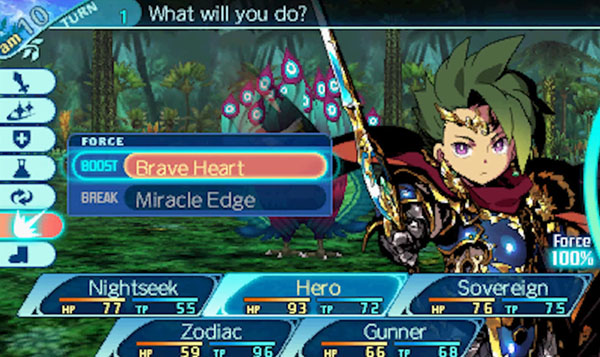
That said, the game does seem easier in a few areas. Transitioning a party to Veteran status can happen as early as the end of the second full labyrinth with minimal grinding. Experience from battles remains paltry, but some sidequests and main missions dish out tremendous amounts of experience.
If anything, though, it makes the game more enjoyable, because it means you can tinker with your classes to a greater extent earlier on. Sub-classing doesn’t come in until much later, so it’s a good trade-off that lets you build a decent party earlier on instead.
Several labyrinths only have three floors total, compared to the usual five. At first, this might seem a bit off-putting. But given how familiar some of the designs are, not to mention the wealth of content on offer, it keeps everything moving at a satisfying pace.
The Floor Jump feature from earlier games disappears as well. You can choose which floor to start on whenever you re-enter a labyrinth. It doesn’t require you to completely chart a floor to count it as mapped either, which is a convenient touch, though perhaps not for the hardcore EO fan.
It is worth noting, too, the use of 3D is far superior to many other 3DS games, with a nice blend of foreground and background that doesn’t strain the eyes with portraits and text that pops too much.
Some Drawbacks
The audio and visual departments are where Nexus suffers a bit. Etrian Odyssey games never made graphics a priority, and Nexus is no different. Bright colors, excellent character art, and dynamic monster models are all great, make no mistake. But it’s the same we’ve seen since EOIV, and at times, it seems a little tired.
The audio is a more noticeable issue for longtime fans. Recycled BGM and dungeon music won’t be an issue for newcomers, but the jazzy Lush Woodlands tune and muted sounds of Primitive Jungle are tracks series fans have heard repeated a lot in their respective games. A remix would have been nice and helped fit with the overall all-stars, old-meets-new theme.
The voiceovers are a bit hit-and-miss as well. Nexus offers Japanese-only voices, and in general, the work is high-quality. But its implementation is random. Some major scenes have voiceovers, while some don’t, and some scenes that start with voiceovers have them suddenly stop for no apparent reason. It’s a minor gripe, to be sure, though it does stand out as odd at first.
The Verdict
Pros:
- Plenty of classes to experiment with
- Streamlined experience makes it more immersive than ever
- Loads of content
Cons:
- Some recycled aspects are a bit ho-hum
- Uneven voice acting implementation
- Only one new job class
Etrian Odyssey Nexus does a fantastic job weaving stand-out elements from the series into a compelling package. There’s enough difference to keep fans interested throughout the lengthy, 50-ish hour campaign, but it’s balanced enough to make it welcoming for newcomers as well.
Nexus might stumble in a few places, but it’s difficult to imagine a better send-off for the franchise on the 3DS.
[Note: Atlus U.S.A. provided a copy of the game for the purpose of this review.]

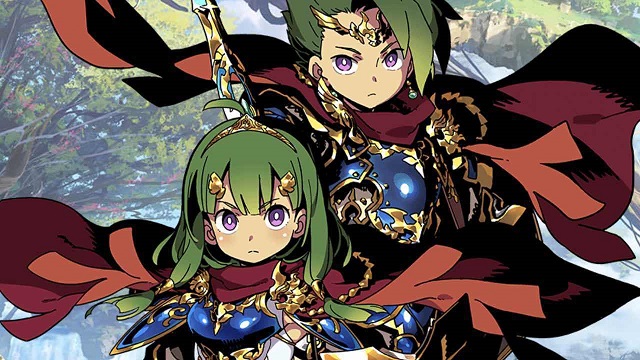
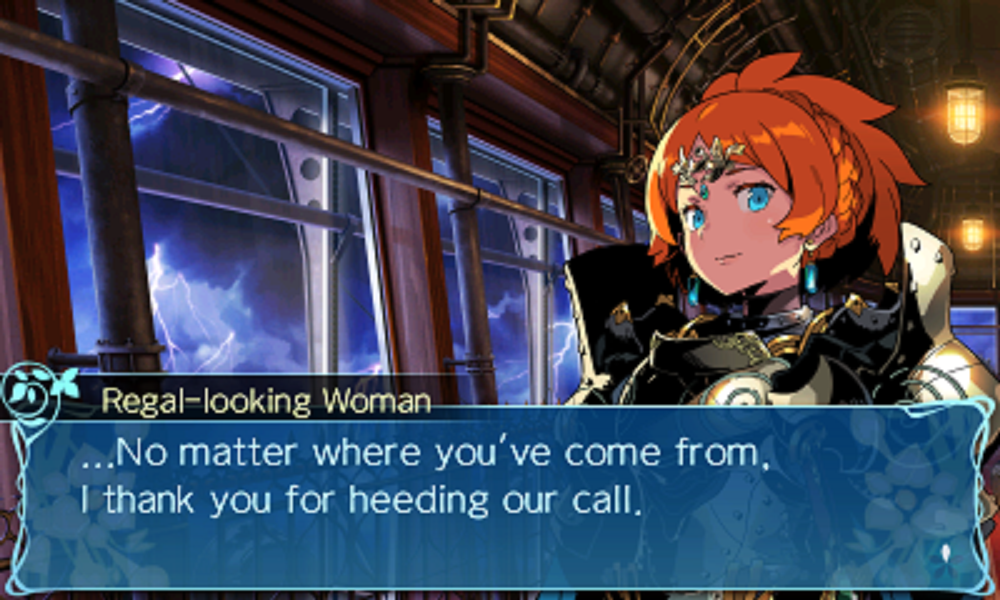
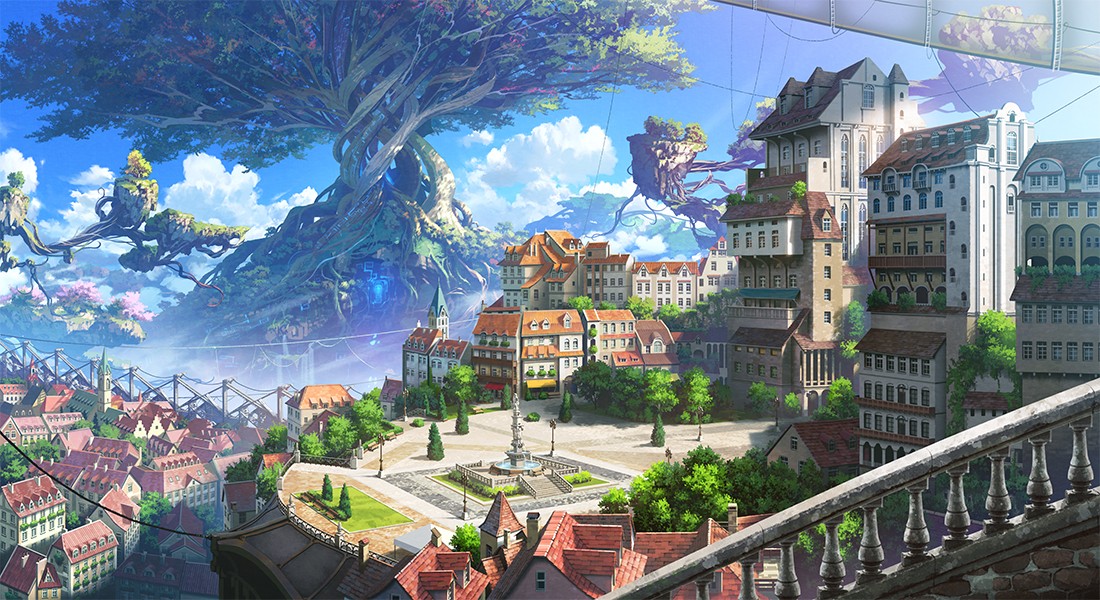
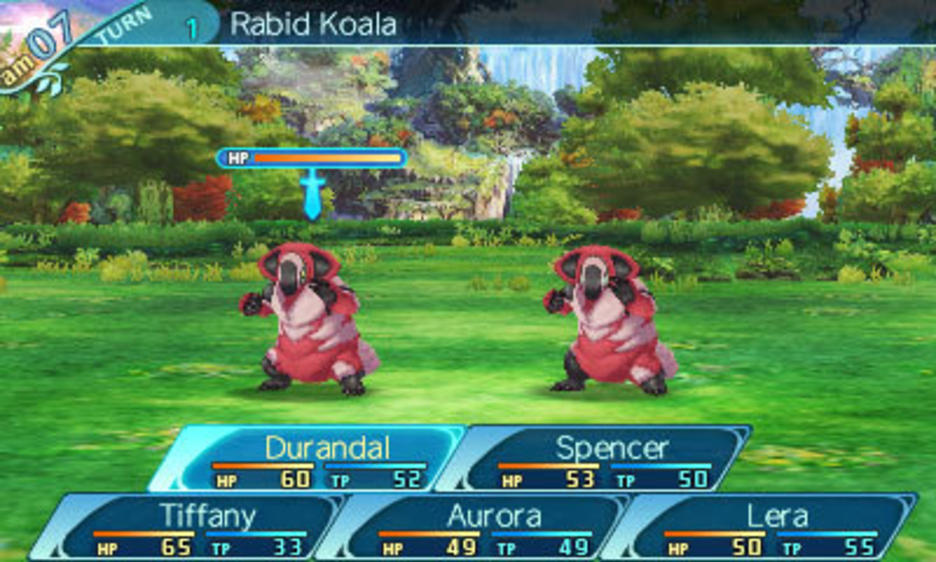
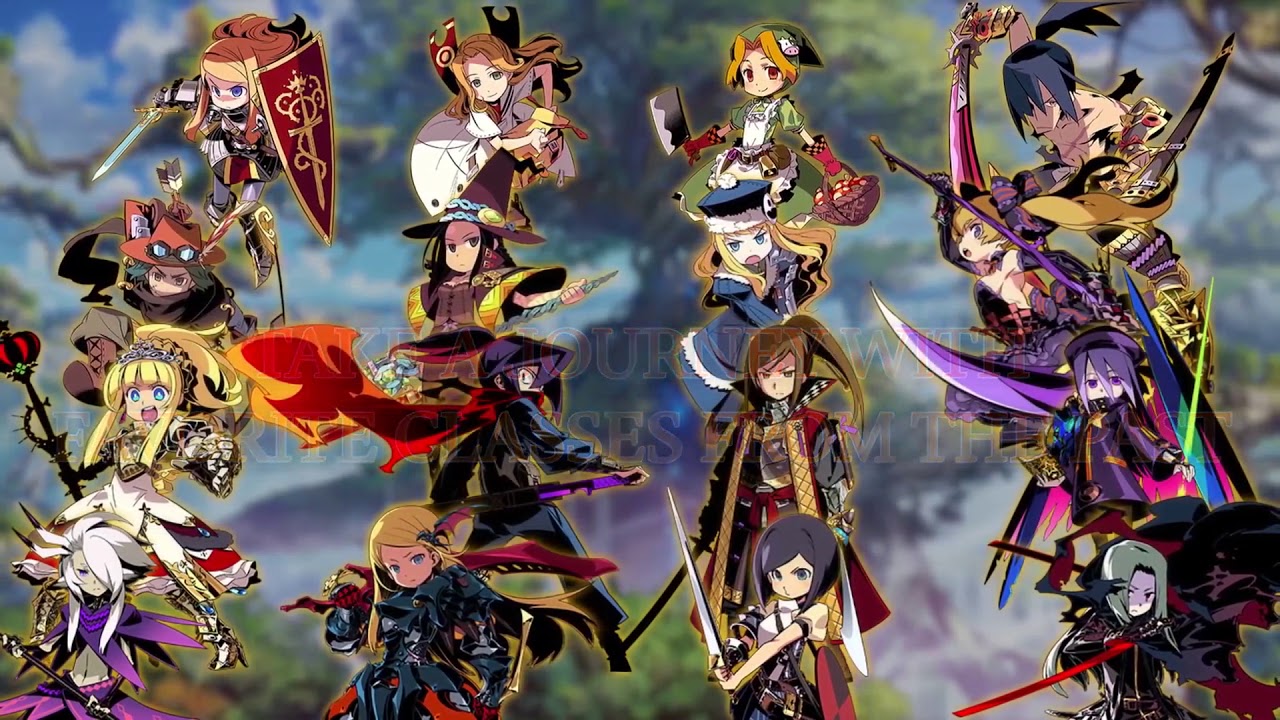
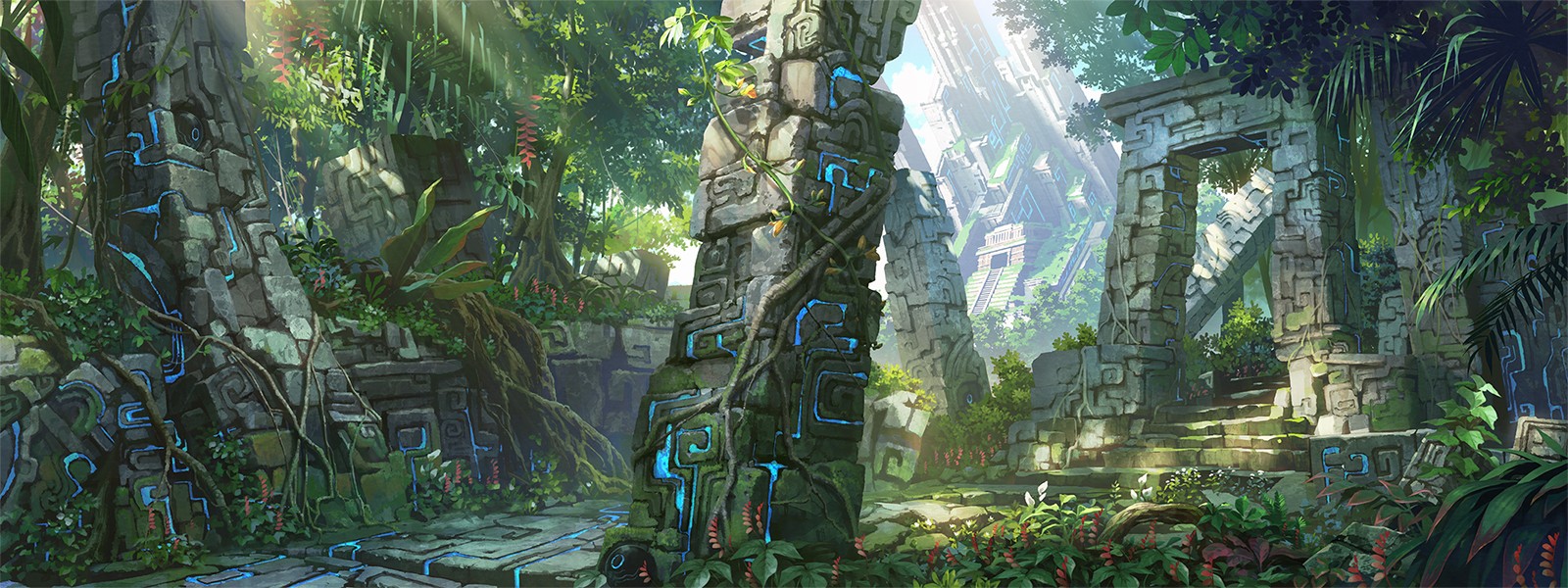





Published: Jan 29, 2019 01:11 pm